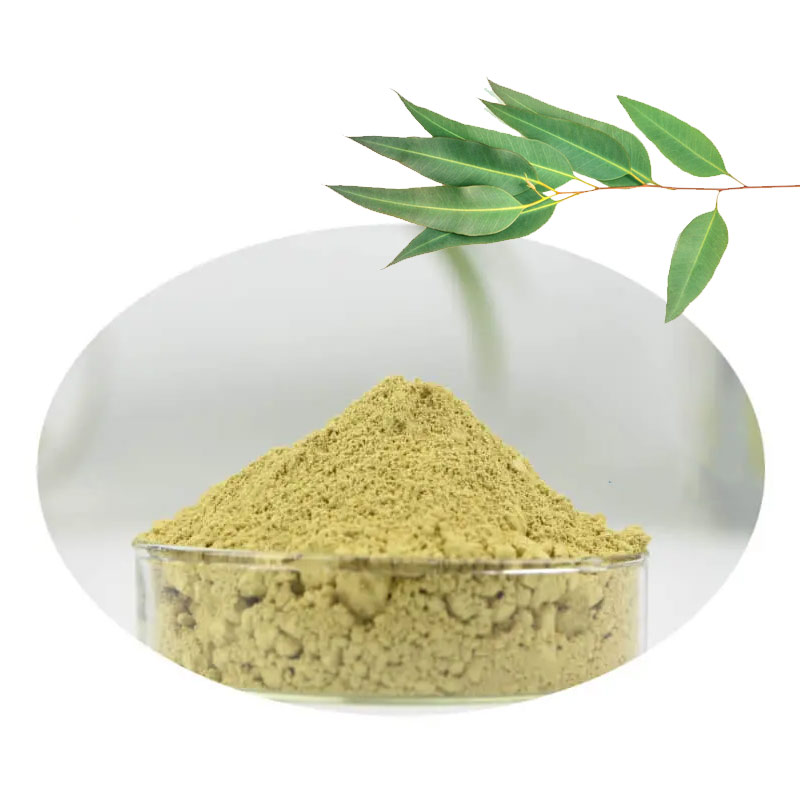Ellagic acid
-Plant extracts
Product information

| Product Name | Ellagic aci |
| CAS | 476-66-4 |
| Melting point | ≥350 °C |
| Boiling point | 363.24°C (rough estimate) |
| Density | 1.667 |
| Storage conditions | 2-8°C |
| Solubility | Stable. Flammable. Incompatible with strong oxidants. |
| Morphological | Powder |
| Acidity coefficient (pKa) | 5.02±0.20(Predicted) |
| Color | tan to gray |
| Purity | 98% |
| Shelf life | 2 years |
Intro
Ellagic acid is a natural organic matter, it is found in some fruits and nuts, is a natural polyphenols, this substance will turn blue when it encounters ferric chloride, it will turn yellow when it encounters sulfuric acid, this substance is absorbed by the body can improve the body’s anti-cancer ability, and can nourish the skin.
Effect of Ellagic acid
Baisfu Ellagic acid can also remove melanin in the body after absorption by the human body, can speed up the decomposition of melanin, and can prevent the accumulation of melanin on the skin surface, it can also prevent the generation of melanin from the root, can prevent the appearance of human skin spots can also play a certain role in whitening, so this substance is widely used in the production of cosmetics and drugs.
Chemical property
White green crystalline powder, soluble in methanol, ethanol, DMSO and other organic solvents, Derived from Mangifera indica, Eucalyptus citriodora, Lythrum salicaria, Geranium sibiricum, Agrimonia pilosa var.japonica..
Use of Ellagic acid
A common plant polyphenol that is an inhibitor of glutathione S-transferase. It can be used for the determination of XIIa factor in plasma. Contact activation can occur during blood coagulation.
Used in medicine and cosmetics, as an antioxidant, with anti-cancer and anti-virus effects
Commonly found in polyphenol plants. Inhibitor of glutathione S-transferase, commonly used to detect XIIa factor in plasma; Antioxidants; DNA double strand protective agent.
Production Method
It is mainly extracted from plants, and is abundant in the leaves of gallnut, water chestnut, olive fruit and eucalyptus globulus produced by Java sumac. Generally, the raw material is degreased and extracted with alkaline aqueous solution or ethanol, and then the water soluble protein and alcohol soluble protein are removed, and then the sugar ligands are removed by enzyme decomposition to produce relatively pure ellagic acid.


